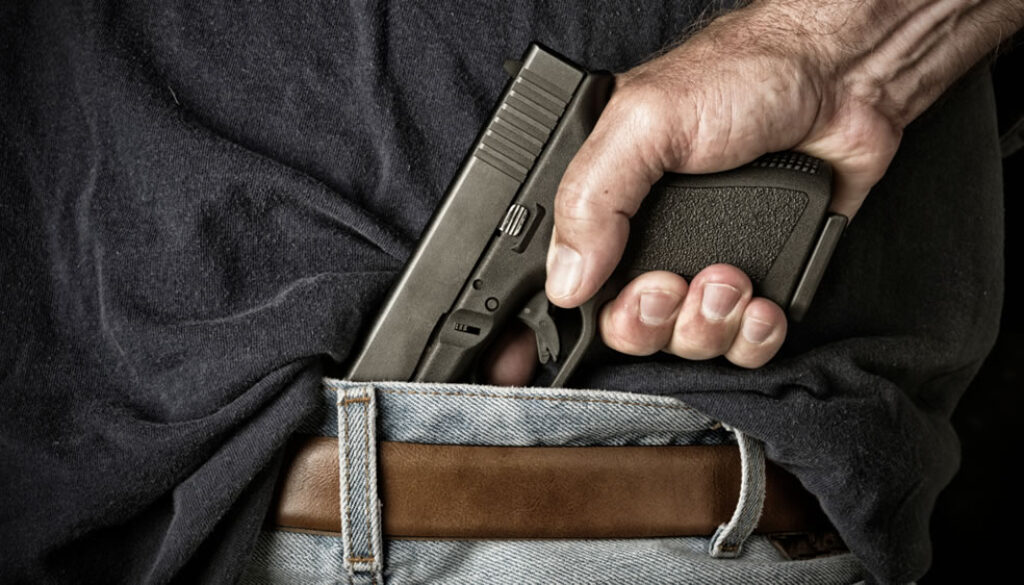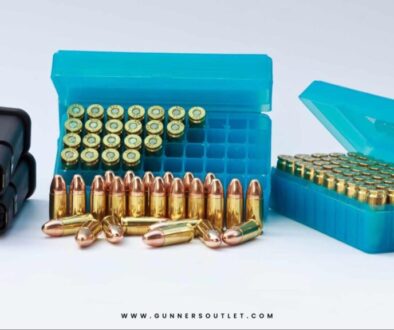What’s the Difference? Concealed Carry VS. Open Carry
When it comes to carrying a concealed weapon, there are two schools of thought: concealed carry and open carry. Each has its own advantages and disadvantages, and which one is right for you depends on your individual needs and preferences.
Concealed Carry
Concealed carry means carrying your weapon in a way that it is not visible to others. This can be done by wearing clothing that covers the weapon, or by carrying the weapon in a bag or purse. The main advantage of concealed carry is that it allows you to keep your weapon hidden from view, which can be important for self-defense or personal safety. It can also be useful for avoiding difficult conversations or confrontations with people who may not be supportive of firearms as well as for avoiding situations where you may be required to disarm (such as going through security at an airport).
The main disadvantage of concealed carry is that it can be more difficult to access your weapon in an emergency situation. If you need to draw your gun quickly, it may take longer to do so if it is hidden under your clothing. Concealed carry also requires a bit more planning and effort, as you need to consider how to best hide your gun while still being able to access it quickly and easily. Concealed carry permit requirements also tend to be more strict than those for open carry and laws vary from state to state regarding concealed carry, so it is important to be familiar with the regulations in your area.
Open Carry
Open carry means carrying your weapon in a way that it is visible to others. This can be done by wearing a holster that attaches to your belt, or by carrying the gun in your hand. The main advantage of open carry is that it allows you to access your weapon quickly and easily in an emergency situation. Additionally, it can act as a deterrent to potential criminals, since they will know that you are armed and may be less likely to attack you.
The main disadvantage of open carry is that it can make some people feel uncomfortable or threatened. Moreover, it can attract unwanted attention from law enforcement or others who may not be supportive of firearms. Some states such as California do not allow open carry, so it is important to be familiar with the laws in your area. Permit requirements for open carry also vary from state to state. Another consideration is that carrying a gun openly can be more challenging than carrying it concealed. You need to have a good holster that securely holds the gun in place.
Conclusion
So, which is better? Concealed carry or open carry? The answer depends on your individual needs and preferences. If you want the ability to access your weapon or firearm quickly and easily, then open carry may be the best option for you. However, if you prefer to keep your weapon or firearm hidden from view, then concealed carry may be the better choice. Whichever option you choose, be sure to follow all local laws and regulations.
Any questions? Feel free to contact us!
Our team is always happy to help.
The above article is meant for informational purposes only and does not constitute legal advice. Please consult a qualified attorney for more information.




